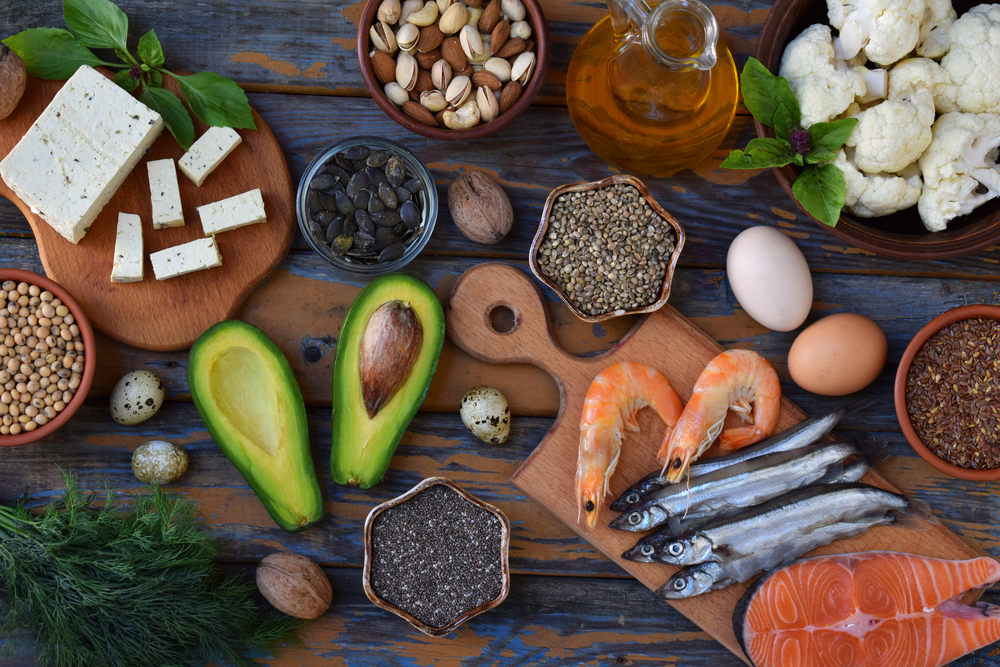Exploring the Dynamic Relationship Between Fatty Acids and Cells
The dietary world has a complex but fundamental relationship with fats. Despite their bad reputation, fats are an integral part of our diets due to essential fatty acids like C15.
This article dives into the dynamic connection between fatty acids and cells, examining how this relationship impacts our health and well-being. By understanding these molecular interactions, we can explore the broader implications and influences of dietary choices on our cellular function.
Contents [hide]
What Are Fatty Acids?
Fatty acids are a spectrum of diverse molecular structures, each with unique properties and behaviors.
Saturated fatty acids are characterized by their solid structure and stability. They are typically solid at room temperature and are found in foods like butter, cheese, and red meat. When you hear about “bad fats,” these are usually what people are talking about.
These include the trans fats that are often found in processed foods — sometimes, trans fats are naturally occurring in foods like milk or meat, but they can also be man-made and added to our foods to make partially hydrogenated oils more solid. However, not all saturated fats are “bad.” Some essential fatty acids, like C15 and the fats in coconut oil, are actually a form of saturated fat that we need to function properly and thrive.
Unsaturated fatty acids are recognized for their fluid and flexible traits. They tend to be liquid at room temperature and are found in foods like avocados, nuts, and olive oil. These are “good fats” that your body needs to function properly. Unsaturated fatty acids have two subcategories — monounsaturated and polyunsaturated fatty acids — known for balance and bond versatility, respectively.
Finally, there are the essential fatty acids like omega-3, omega-6, and C15. These are fatty acids that the body cannot synthesize and must be obtained through the diet, which is why fatty acid supplements are so popular — and important.
How Do Fatty Acids and Cells Interact?
Fatty acids play several important roles in the body. They provide energy, are important for cell membrane structure and function, contribute to the making and functioning of hormones, and support the body’s immune response. But today, we’re here to talk about how they relate to our cells.
Fatty acids play an integral role within cellular frameworks and processes. They function as specialized transport passes within a cell’s environment. Upon entry into cells, fatty acids establish intricate interactions with specific proteins and reside within designated cellular regions.
One example of a specific fatty acid interacting with a cell is the omega-3 fatty acid, specifically docosahexaenoic acid (DHA). DHA is a polyunsaturated fatty acid that plays a crucial role in the structure and function of cell membranes, particularly in the brain and retina. After dietary intake, DHA is incorporated into the phospholipids that make up the cell membrane. It can also be synthesized in the body from alpha-linolenic acid, another omega-3 fatty acid.
From there, it’s able to increase the fluidity and permeability of cell membranes to support proper cell function.
What Effects Do Fatty Acids Have on Cellular Health and Metabolism?
Fatty acids don’t just exist within cells. They fundamentally contribute to cellular processes and overall functionality. Think of your cells as machinery operating in a systematic and intricate way. Fatty acids are critical for the seamless performance of these mechanisms.
Fatty acids aid in cellular metabolism, too. They act as key energy sources, facilitating the continuous operation of cellular activities. They’re instrumental in maintaining the structure and integrity of cell membranes, ensuring their fluidity and resilience. Fatty acids also assist in signaling processes within the cell, enhancing cellular communication for effective function.
Although people have labeled “fats” as health adversaries, these fundamental elements of our diet are gradually being acknowledged for their significant roles in cellular processes. In reality, an exploration into the world of fatty acids and their relationship with our cells is a fascinating scientific journey that promises more intriguing discoveries.
Revisiting (and Embracing!) Essential Fats
So, what can we take away from all these details? Maybe it’s that fats are more than what meets the eye or tickles the tongue. They’re dynamic, versatile, and incredible in the roles they play within our cells.
Next time you bite into a fatty piece of food, you might just see it differently. And until science unravels the remaining secrets of these fatty marvels, let’s keep watching, learning, and, of course, enjoying our food. What a fatty, delightful world we live in!




